Mall IFC (IFC몰 - 외국어사이트용)
12.4Km 2022-12-16
10, Gukjegeumyung-ro, Yeongdeungpo-gu, Séoul
+82-2-6137-5000
IFC Mall est un grand centre commercial pensé et construit par le célèbre cabinet d'architecture Benoy, développant ainsi une atmosphère qui lui est propre. L'architecture en verre laisse notamment passer la lumière de manière remarquablele permettant de profiter de son shopping dans les meilleures conditions.
Les marques connues proposés par le centre comprennent notamment H&M, Hollister, Uniqlo, et ZARA.
Quartier des antiquaires Insadong (인사동 고미술거리)
12.4Km 2025-03-16
29, Insadong-gil, Jongno-gu, Seoul-si
+82-2-732-2235
Situé au centre de Séoul, le quartier Insadong a été toujours le cœur de la culture coréenne pendant plus de 600 ans depuis le début de la Dynastie « Joseon » (1392-1910). Le « Dohwaseo », l’école de la peinture de cette dynastie s’y trouvait également. Habituellement, « Insadong » désigne la zone du rond-point « Ankuk-dong » jusqu’au parc « Tapgol » du Jongro 2(i)-ga, en passant par le carrefour Insadong. Ce quartier a pour caractéristique ses petites ruelles ramifiées de l’avenue centrale. Baptisé « Merry’s Area » depuis longtemps, Insadong est toujours considéré comme le quartier commercial favori des étrangers qui visitent la Corée du Sud.
De vieux livres jusqu’à des céramiques, proposés à divers prix
Isae (이새)
12.4Km 2020-04-24
Seoul, Jongo-gu, Insadong-gil 30-1 (서울특별시 종로구 인사동길 30-1)
+82-2-6713-5592
L'établissement Isae, qui cible en priorité une clientèle d'âge moyen ou d'âge mûr, utilise dans ses fabrications de vêtements des matières naturelles sans produits chimiques pour produire des vêtements très confortables. L'établissement propose à la fois des hanbok classiques et modernes.
Mijin (미진)
12.4Km 2020-01-30
19, Jongno, Jongno-gu, Seoul
+82-2-732-1954
Mijin is a restaurant specializing in spicy hot baby octopus and cool buckwheat dishes. Opened
in 1954, the restaurant's 50-year history is a testament to the great taste
of its dishes and the charm of the restaurant.
The main ingredient, buckwheat, is delivered daily from Bongpyeong, the largest
buckwheat producing region in Korea. Baby octopus is also delivered every morning from ports in Yeosu. Families and workers of surrounding companies are major customers of the restaurant, but celebrities and politicians also
come to the restaurant to taste its food. Memilmuk (Buckwheat Jelly) and pancakes
made with buckwheat and green onion are also delicacies of the restaurant.
Musée d’art Ilmin (일민미술관)
12.4Km 2022-09-27
1, Cheonggyecheon-ro, Jongno-gu, Seoul-si
Le musée d’art Ilmin se situe dans l’ancien bâtiment du journal Dongah. Le journal Dongah a été crée en 1926 et siègea dans ce lieu pendant 66 ans. Il représente le plus ancien bâtiment de presse en Corée. Il a été fermé pendant un an pour cause de travaux de rénovation et a été réouvert en 1996. Le musée a gardé son sol en carrelage et ses murs de verre malgré les années.
De la dynastie Goryeo (918-1392), il y a 430 pièces de la collection Ilmin(M. KIM Sang-Man) et 1200 pièces de la collection d‘art du journal Dongah, et 100 pièces d’art appartenant à la société Hyundai.
Cette collection provient surtout de Kim Sang-Man. La plupart des pièces sont des peintures. Or certaines oeuvres sont importantes pour l’histoire. La collection Hyundai contient particulièrement des peintures de critiques sociales. Au sous-sol se trouve une boutique d’objets d’art où il y a aussi des peintures originales.
Boutique Tong-In (통인가게)
12.5Km 2020-05-07
32, Insadong-gil, Jongno-gu, Seoul-si
+82-2-733-4867
Tong-in n’est pas seulement la plus ancienne boutique de spécialités des artisanats traditionnels, elle propose également divers artisanats contemporains. Il s’agit d’une boutique et d’une galerie. La boutique est fortement impliquée dans l’éclosion d’artistes et expose, souvent, leurs travaux dans sa galerie. Ses artisanats couvrent tous types, promouvant les travaux d’artistes aux habitants et aux touristes.
Imun Seolnongtang (이문설농탕)
12.5Km 2022-01-03
38-13, Ujeongguk-ro, Jongno-gu, Seoul
+82-2-733-6526
Imun Seolnongtang has been serving its hearty seolleongtang for over a hundred years since it first opened in 1907. Even its name has a long history: the word imun comes from Imun-gol, the now-obsolete name of the restaurant’s location, and seolnongtang, an old variation of the word seolleongtang. During the Japanese colonial rule, the restaurant’s regular customers included Gijeong Son, the marathon gold-medalist at the 1936 Berlin Olympics. To make the rich seolleongtang broth, beef meat and bones are simmered for more than 15 hours. Try putting rice and minced green onion in your seolleongtang for a warm and tasty experience. Kkakttugi (diced radish kimchi), provided as a side dish, is also delicious.
Restaurant DAM (레스토랑담)
12.5Km 2021-03-23
30-7 Insadong-gil Jongno-gu Seoul
+82-2-730-3624
It is a gallery-like restaurant where you can enjoy paintings by famous artists. This restaurant's signature menu is pork shoulder steak. This Western dishes restaurant is located in Jongno-gu, Seoul.
Tteul Gwa Dawon (뜰과다원)
12.5Km 2019-11-12
6-4, Insadong 8-gil, Jongno-gu, Seoul
+82-2-734-5310
Tteul Gwa Dawon (literally "yard and tea garden") is an up-scale hanok-style tea
and coffee house where you can enjoy a tranquil garden in the center of Seoul.
The tea and coffee shop offers traditional Korean tea made of 100% natural ingredients, as well as organic coffee. It is equipped with large private rooms which can accomodate a large number of guests, making it the best place to hold seminars or other types of social gatherings.
Tea, rice cakes, and other traditional snacks served here can be a good alternative for when you're in between meals.
Sanchon (산촌)
12.5Km 2019-06-13
30-13, Insadong-gil, Jongno-gu, Seoul
+82-2-735-0312
Founded and opened by Monk Jeongsan,
Sanchon is a
vegan-friendly restaurant that mainly serves temple foods. The
dishes found here are a results of Kim Yun-sik, who was inspired
by the simple, clean and healthy diet that a Buddhist practitioner taught
him years ago. Now, being a top authority on vegetarian
food in Korea, Kim Yun-sik helped perfect the standard and quality of
temple food.
The dishes are made with all natural ingredients such as vegetables and mountain herbs, and are cooked without chemical additives. The actual dishes served vary by season, and in order to meet the tastes of the general public, the
restaurant includes "five spices" (garlic, shallots, mountain leeks, etc.), which monks are typically not allowed to eat. Those who would like their food without these ingredients are asked to make their request at least one day prior to visiting.
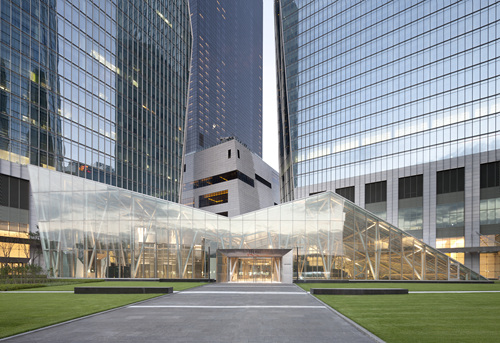
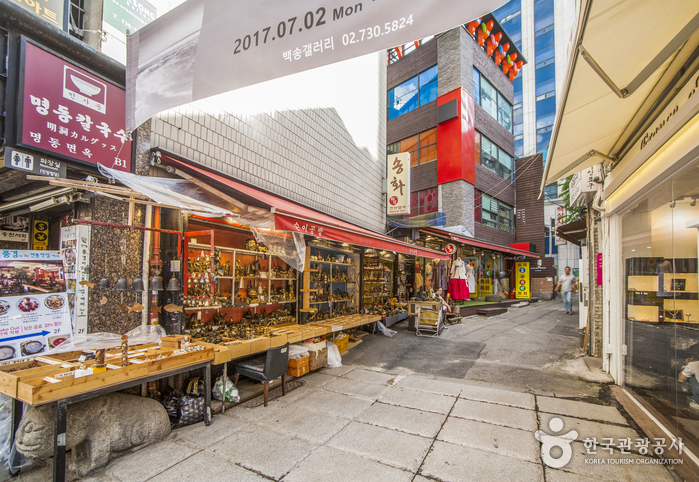
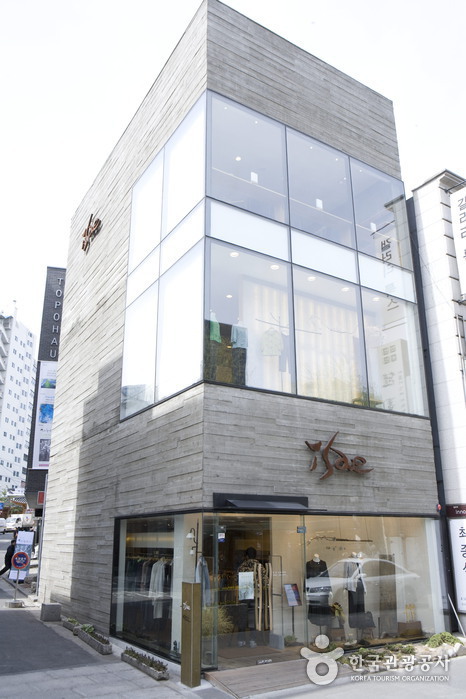
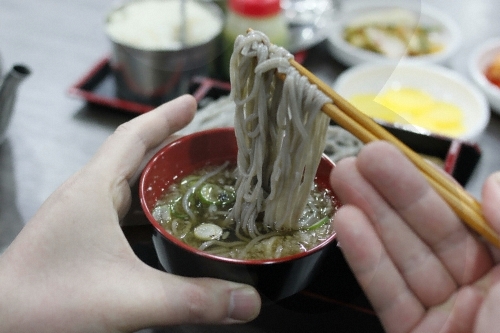
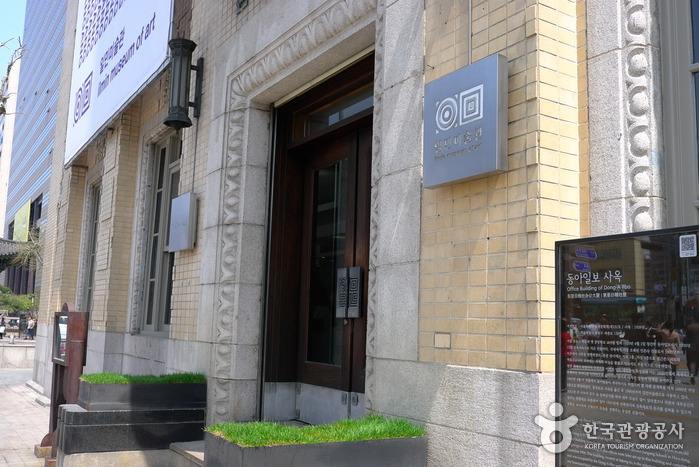
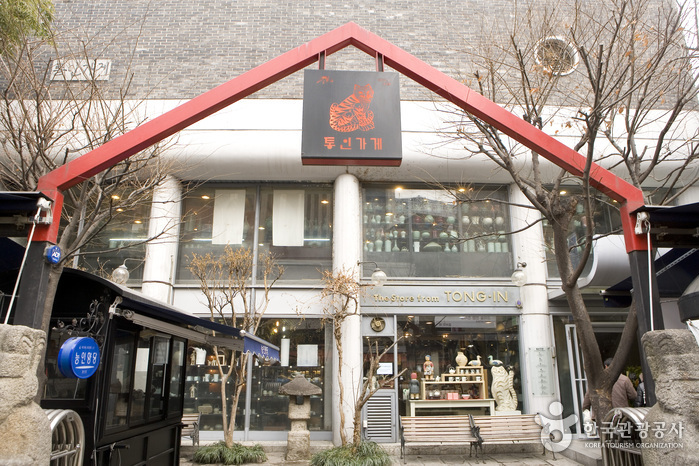
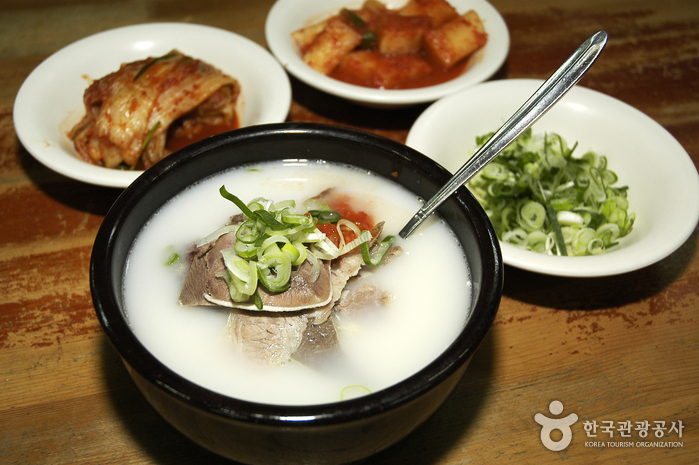
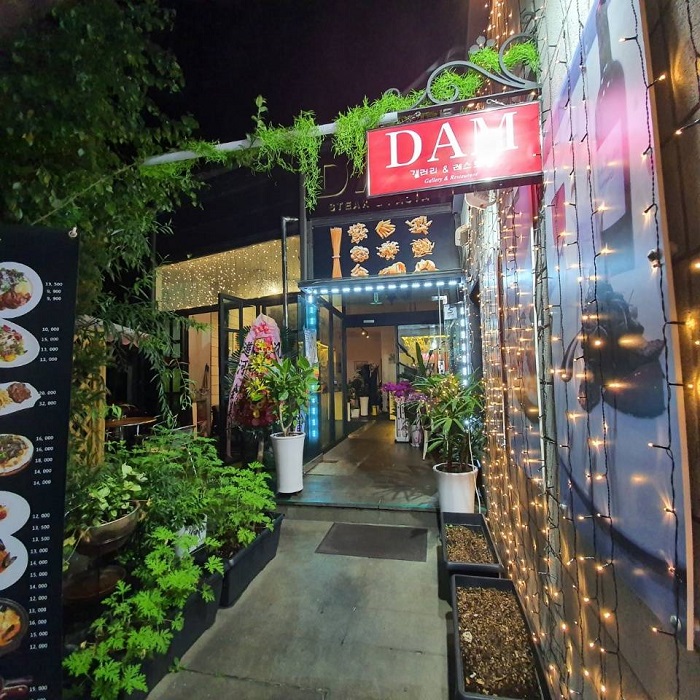
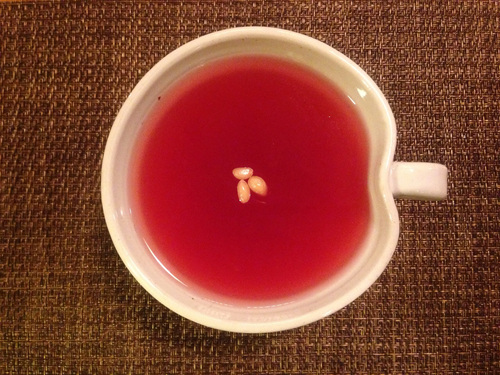
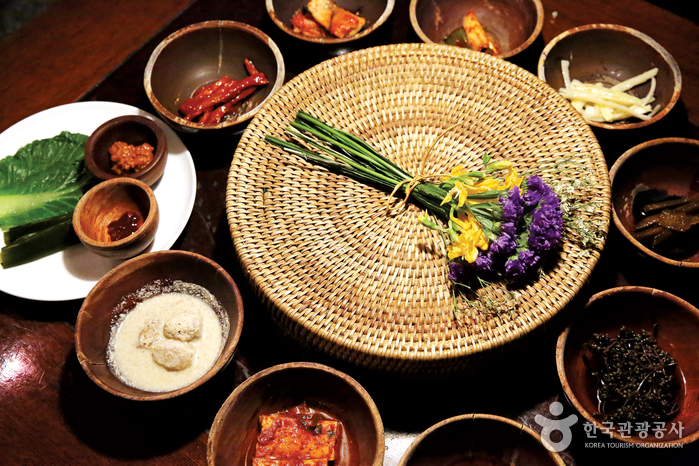
 Français
Français
 한국어
한국어 English
English 日本語
日本語 中文(简体)
中文(简体) Deutsch
Deutsch Español
Español Русский
Русский